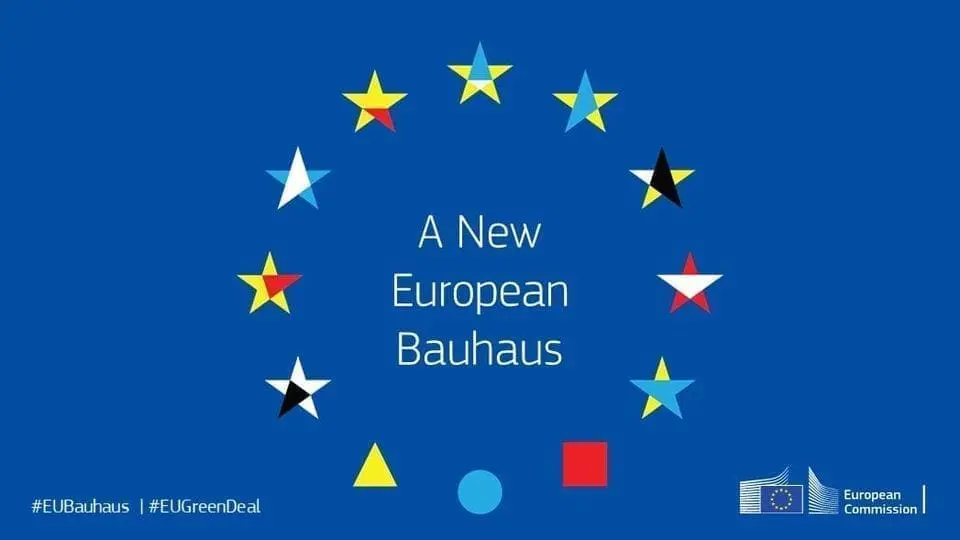A Renovation Wave and New Building Priorities: All Part of the EU Green Deal
Home A Renovation Wave and New Building Priorities: All Part of the EU Green Deal
Within the European Union’s multifaceted Green Deal are two components linked to buildings and construction: the Renovation Wave Initiative (RWI) and the European Bauhaus. The former takes aim at making Europe’s building stock more efficient, while the latter aims to promote sustainable design in new buildings. And although they are less discussed than the Green Deal’s other components, both are important nonetheless.
The Renovation Wave Initiative
With a primary focus on upgrading buildings’ heating and cooling systems (HVAC) to more efficient, near carbon neutral models, the RWI seeks to renovate over 35 million buildings by 2030. To accomplish this, the initiative includes several financially backed measures supported by the Commission Recovery and Resilience Facility plan, embedding a Social Fund up to EUR 72.2 billion over the course of seven years. With the aim of mitigating the costs of the Renovation Wave and ensuring the fairness of this transition, this could end up being a game changer for the building and construction sectors.
According to the European Commission, these measures, all of which aim to promote a circular economy, include:
“Stronger regulations, standards and information on the energy performance of buildings to set better incentives for public and private sector renovations, including a phased introduction of mandatory minimum energy performance standards for existing buildings, with updated rules for Energy Performance Certificates, and a possible extension of building renovation requirements for the public sector.”
The Commission goes on to state that the intent of the RWI is to:
“Expand the market for sustainable construction products and services, including the integration of new materials and nature-based solutions, supported by a revised legislation on marketing of construction products and material reuse and recovery targets.”
As an example, according to the EU’s final consumption grid, by 2030, the Construction sector must ensure that 49 % of its energy comes from renewable sources.
The New European Bauhaus
Also part of the EU Green Deal’s construction initiative is the New European Bauhaus. The name is in reference to Germany’s Bauhaus School (1919 – 1933), a movement that focused on combining aesthetic appeal with common-sense usage in a range of designs – including architecture and construction.
At the heart of the New European Bauhaus is the use of sustainable technologies and materials in new building and construction projects. By integrating renewable and digital solutions, the initiative aims to enhance the way we live together. For example, the Bauhaus envisions the creation of zero-energy districts where citizens can sell any excess renewable energy they produce back to the grid for public use. On top of this, the New Bauhaus also aims to ensure that all new construction is designed as ‘a piece of art’ – a concept that could revolutionize our relationship with the surrounding environment.


The Next Generation of Sustainable Construction
Both the Renovation Wave and the New European Bauhaus initiatives are perfect examples of a circular economy framework that is multi-disciplinary in scope and that brings together scientists, architects, designers, artists, urban planners, industrialists, and civil society. As such, the initiatives are the blueprint from which the next generation of sustainable construction will be built from.
These new buildings and renovations will also provide the General industries, the Construction and the Engineering sectors in particular with a path for driving proficient and fair businesses in all types of indoor and outdoor applications. Cooling, heating systems, solar power generation, drainage, water management and recovery systems, tanks, wall support structure, lighting, hand and guardrail, architectural cladding, fixings, facades, and roofing are all remarkable markets for which stainless steel – a multi-functional and environmentally friendly material – could prove to be a clever asset.
Some related regulatory details have been released on July 14th in the EU’s “Fit to 55 Package” but this will be our next story. Stay tuned!


 1,07%
1,07%